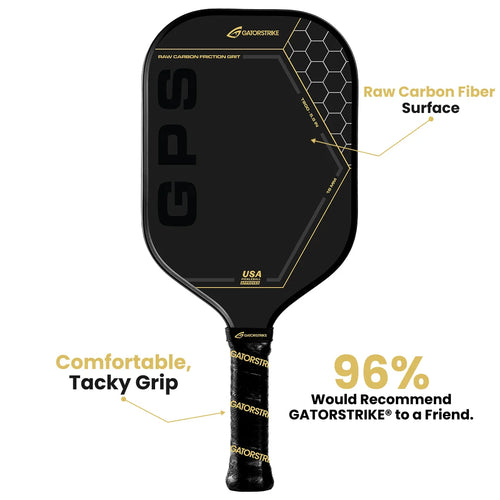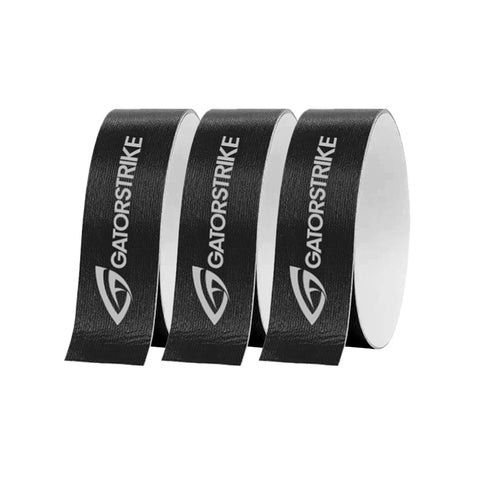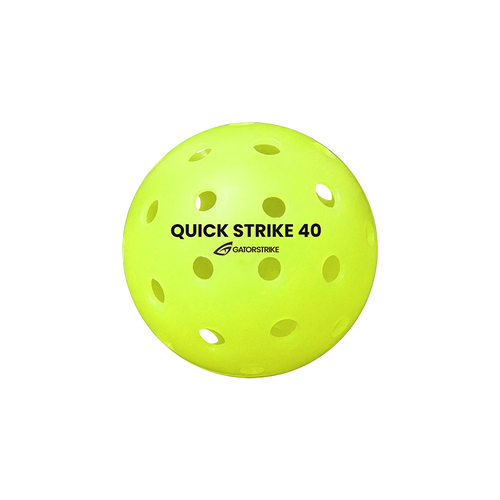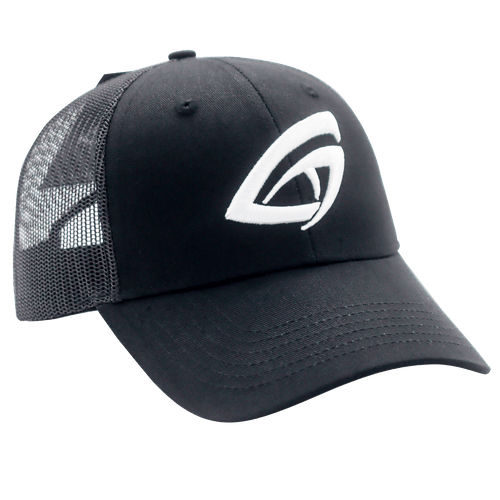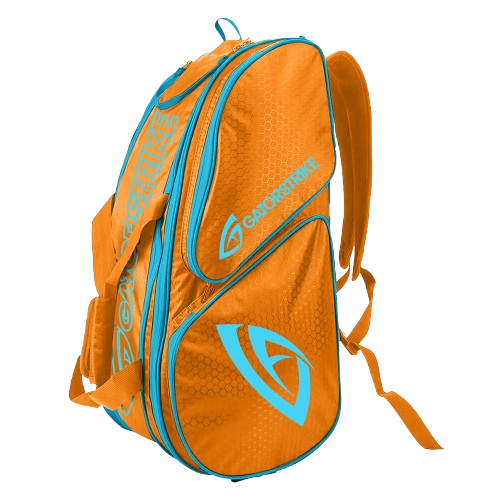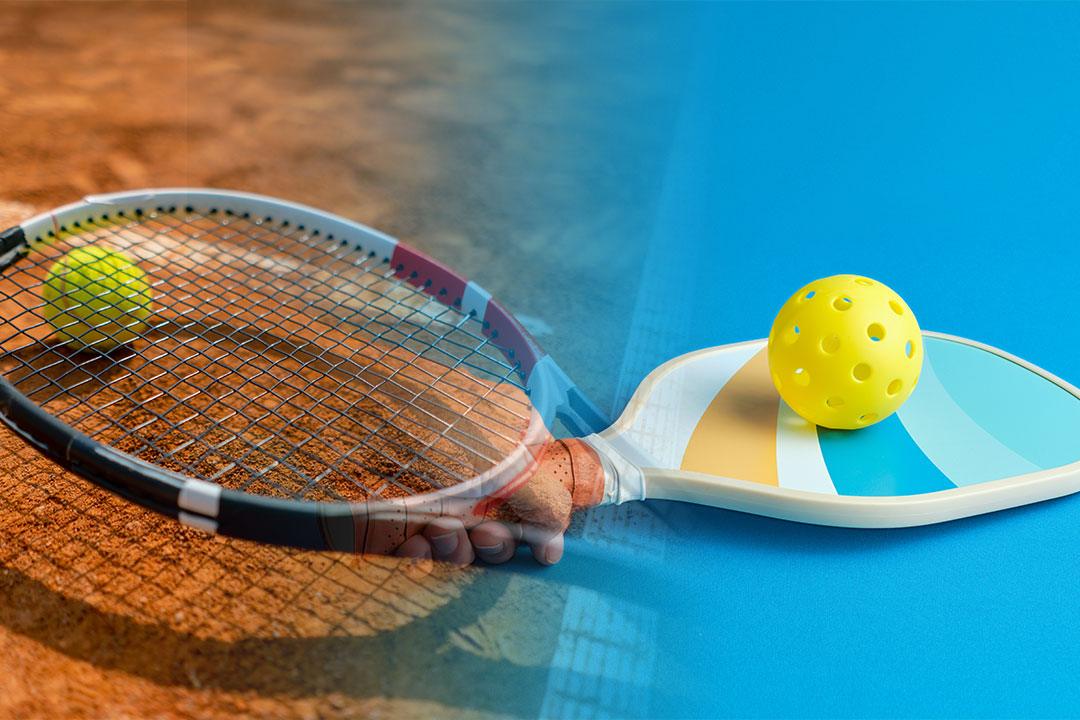
From Tennis Courts to Pickleball Courts: Transitioning Between Sports
Share
For many tennis enthusiasts, the allure of pickleball is undeniable. This emerging sport, with its smaller court, slower pace, and emphasis on strategy and finesse, offers a refreshing alternative to the intensity of tennis. Whether you're a seasoned tennis player looking to try something new or a former player seeking a return to the court, transitioning to pickleball can be both exciting and rewarding. In this article, we'll explore the similarities and differences between tennis and pickleball and offer tips for making a smooth transition between the two sports.
Similarities Between Tennis and Pickleball
Racket Skills: Both tennis and pickleball require similar racket skills, including grip techniques, swing mechanics, and shot placement. If you're already comfortable with a tennis racket in hand, you'll find that many of these skills translate seamlessly to pickleball.
Footwork and Movement: The footwork and movement patterns used in tennis are also applicable to pickleball, albeit on a smaller scale. Players must still move quickly and efficiently around the court, anticipate shots, and maintain proper positioning to gain a competitive edge.
Strategy and Tactics: Both sports involve strategic thinking and tactical decision-making. Players must assess their opponents' strengths and weaknesses, exploit openings in the court, and adapt their game plan accordingly to outsmart their opponents and secure victory.
Key Differences Between Tennis and Pickleball
Court Size and Dimensions: Pickleball is typically played on a smaller court than tennis, with different dimensions and a lower net height. Adjusting to the smaller playing area and modified court layout may require some initial adaptation for tennis players transitioning to pickleball.
Pace of Play: While tennis is known for its fast-paced, high-intensity rallies, pickleball tends to have a slower pace, with shorter rallies and less running involved. This change in tempo can be both a challenge and an opportunity for tennis players accustomed to the frenetic pace of the tennis court.
Shot Selection and Technique: While the basic strokes in tennis and pickleball are similar, there are nuances to each sport that require adjustments in shot selection and technique. For example, pickleball players often use a softer touch and more finesse on their shots, focusing on placement and control rather than power.
Tips for Transitioning Between Tennis and Pickleball
1. Start Slow: Take your time acclimating to the nuances of pickleball, starting with casual games or practice sessions before diving into competitive play. Focus on developing your paddle skills, adjusting to the smaller court size, and refining your shot selection and placement.
2. Embrace the Differences: Instead of viewing pickleball as a watered-down version of tennis, embrace its unique characteristics and appreciate the aspects that set it apart. Embracing the slower pace, shorter rallies, and emphasis on strategy can enhance your enjoyment of the game and broaden your athletic horizons.
3. Learn from Experience: As with any new endeavor, the key to mastering pickleball lies in practice and experience. Play regularly, seek feedback from more experienced players, and analyze your performance to identify areas for improvement. Be patient with yourself and celebrate small victories along the way.
Conclusion
Transitioning from tennis to pickleball offers a fresh perspective and new opportunities for growth and enjoyment on the court. By recognizing the similarities and differences between the two sports, embracing the unique aspects of pickleball, and committing to continuous improvement, tennis players can make a successful transition and thrive in the exciting world of pickleball. So dust off your racket, step onto the pickleball court, and embark on a new chapter in your athletic journey.
